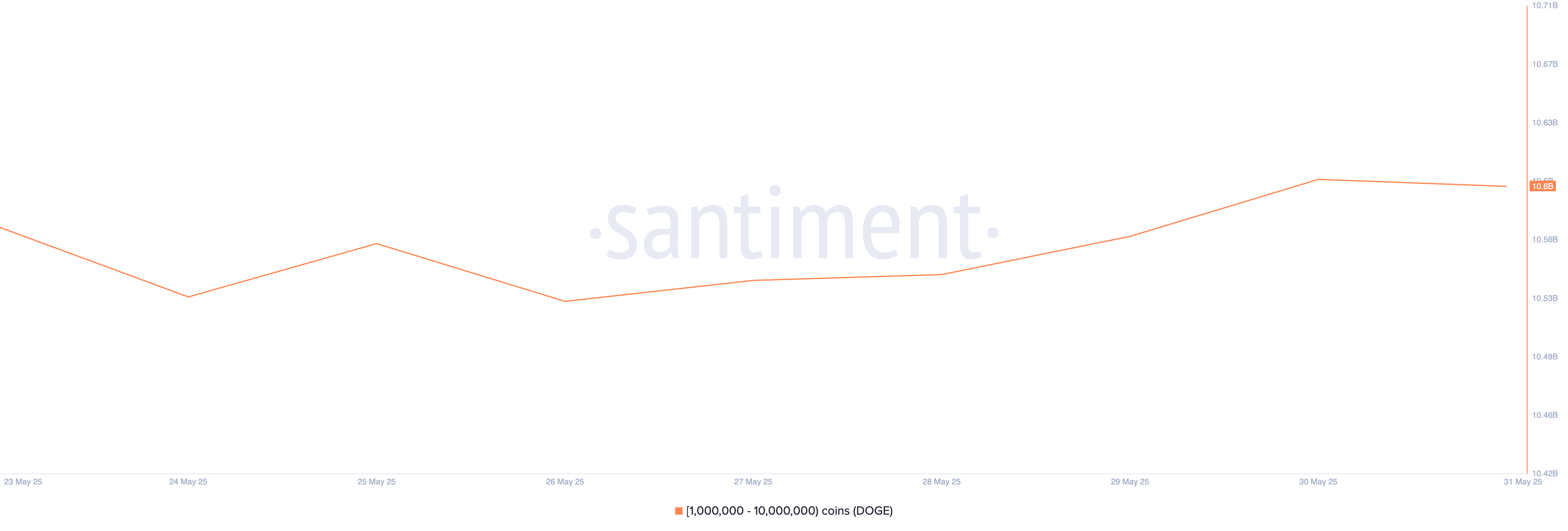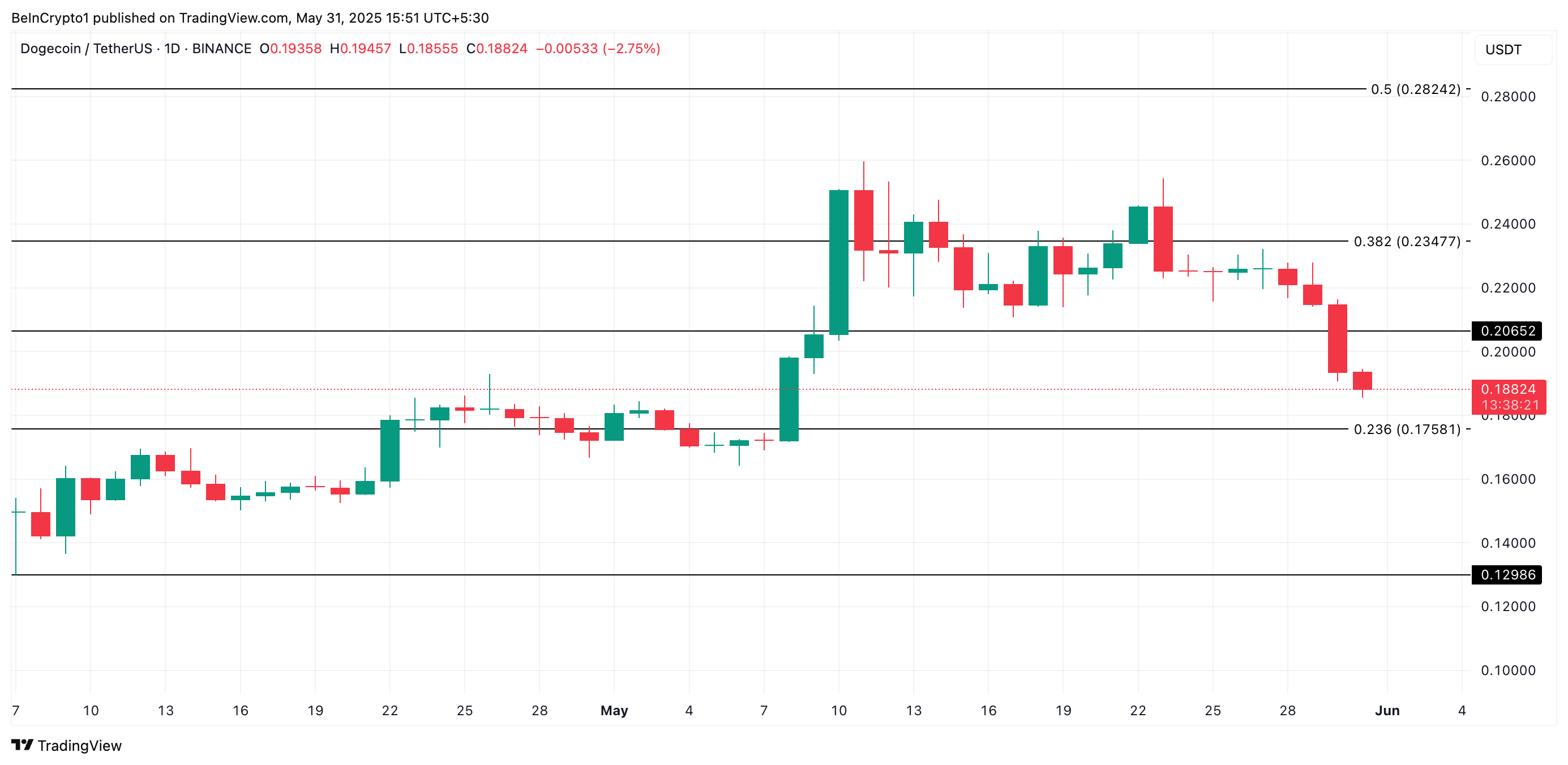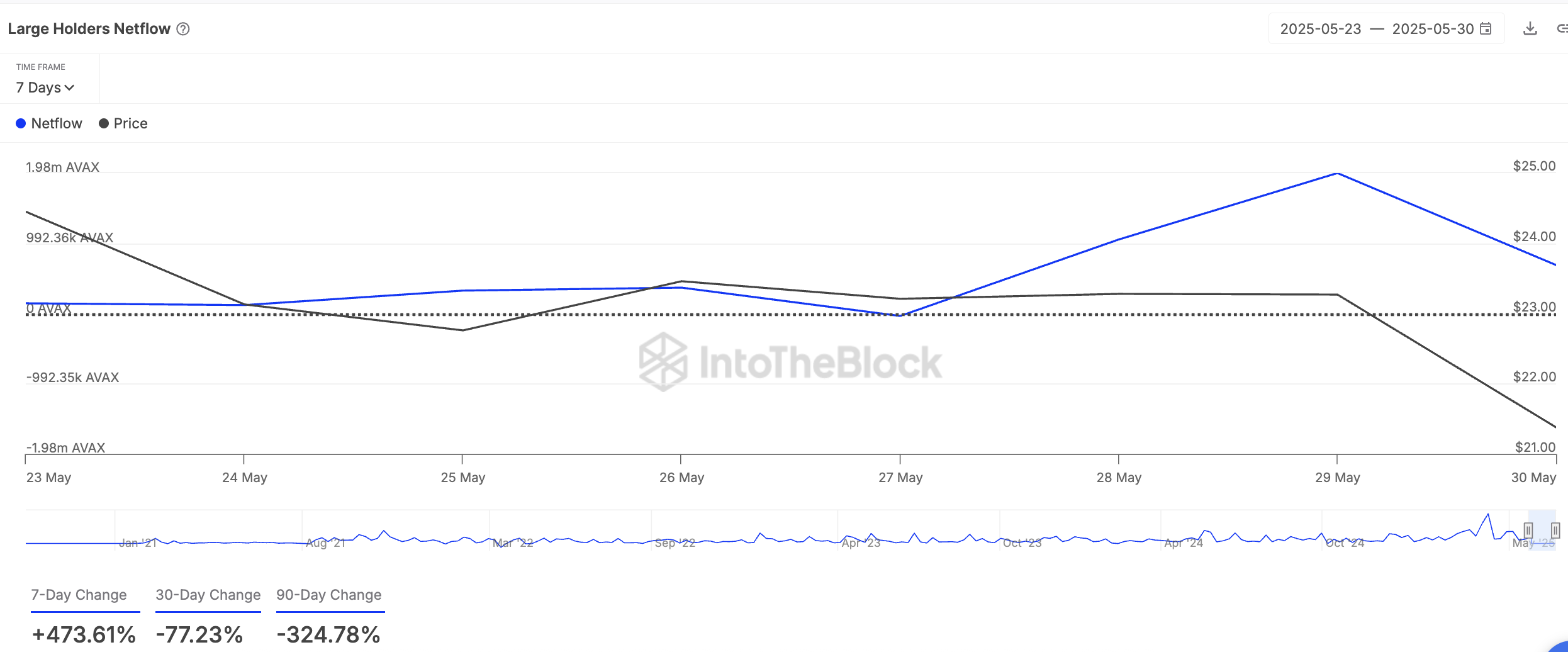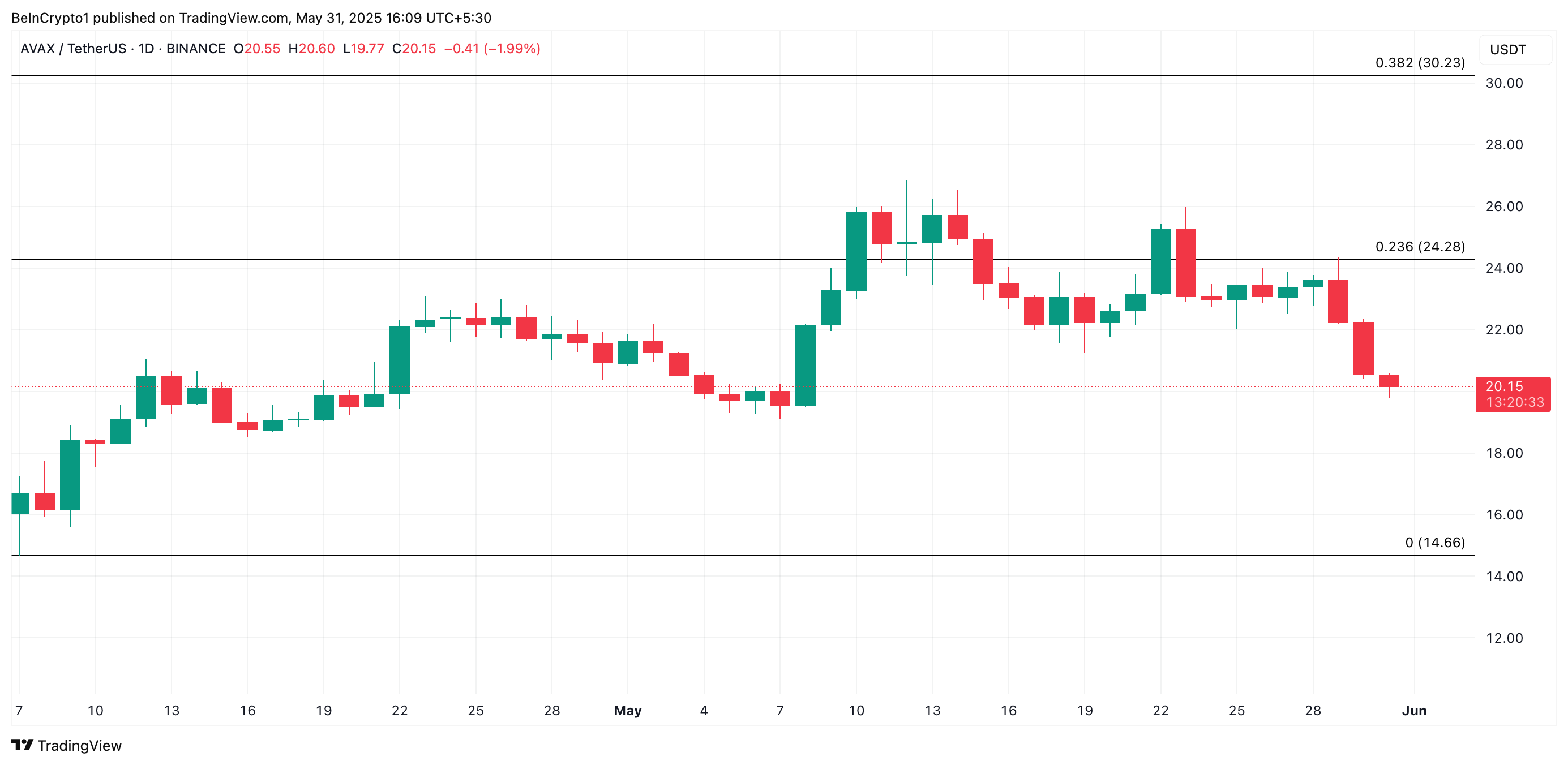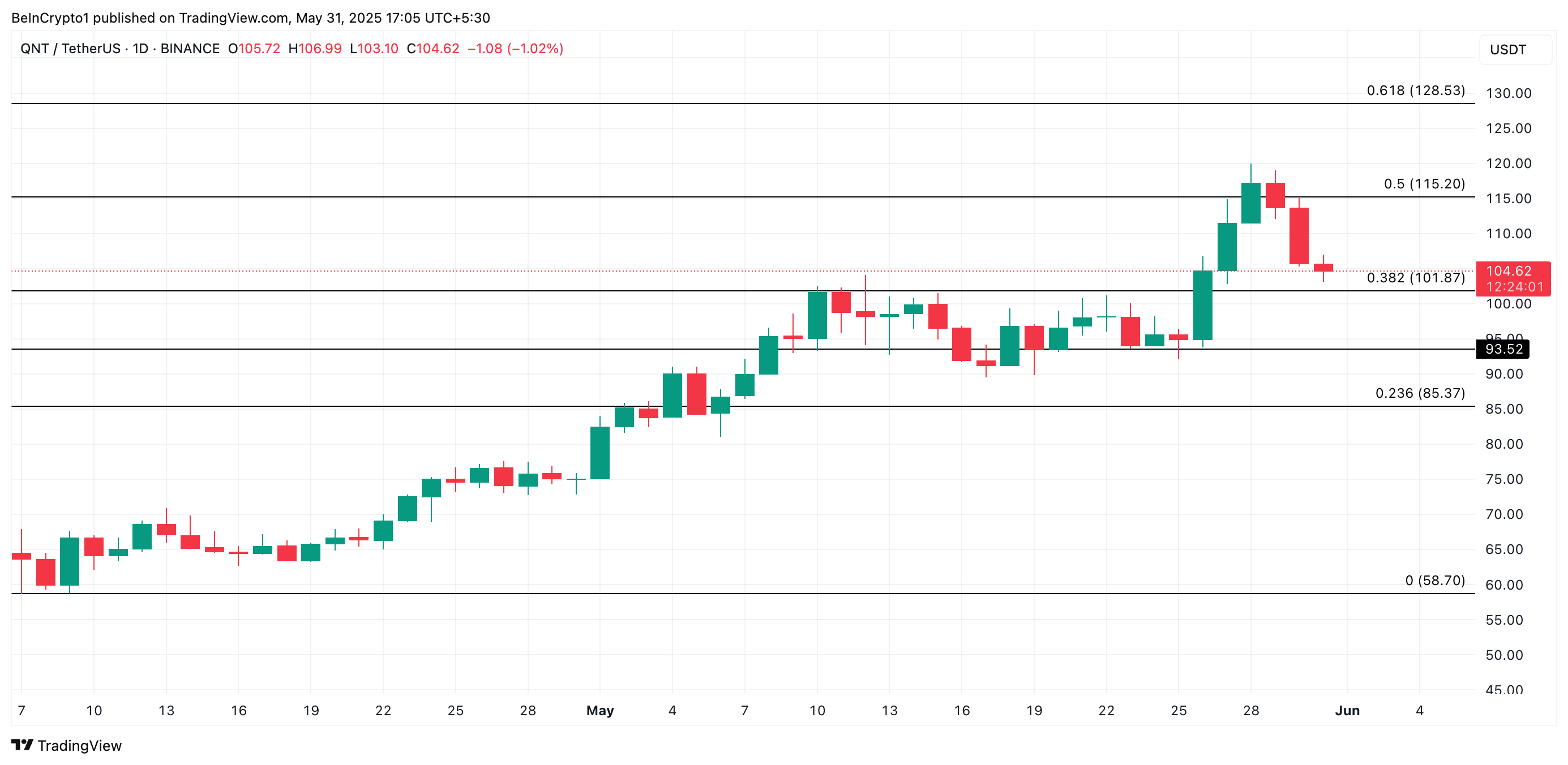In a notable shift from months of easing, US inflation has risen again, reaching 2.7% in November 2024. The increase, from 2.6% in October, marks the second consecutive month of inflation growth after a seven-month decline. The latest data from the US Consumer Price Index (CPI) has drawn attention from economists, investors, and policymakers alike, as it sets the stage for the Federal Reserve’s next move on interest rates.
Since the onset of the pandemic, inflation has been a persistent challenge for the US economy. In June 2022, inflation reached a staggering 9.1%, sparking widespread concern and calls for action. To combat this, the Federal Reserve embarked on an aggressive interest rate hike strategy, starting in March 2022 and continuing through July 2023. The central bank’s efforts successfully brought inflation down for several months, culminating in a period of seven months of falling inflation, which provided some relief to consumers and businesses.
However, the most recent CPI data has shown a reversal in this trend. In October 2024, inflation inched up to 2.6%, and November’s data furthered the rise to 2.7%. While still significantly lower than the peak of 9.1% in 2022, these figures indicate that inflation has not yet retreated to the Federal Reserve’s long-term target of 2%. This increase raises new concerns, especially as the Fed prepares for its next meeting.
The Federal Reserve is set to meet next week to decide whether to continue its strategy of interest rate cuts. Fed Chair Jerome Powell has previously indicated that the central bank’s goal is to “recalibrate” its interest rates in response to moderating inflation. However, with the latest inflation uptick, the Fed’s upcoming decision is far from straightforward. Will officials opt to hold off on rate cuts in light of rising inflation, or will they proceed with the expected adjustments to stimulate growth?
Adding complexity to the situation is the looming influence of the US presidential election. As Donald Trump’s return to the White House becomes increasingly likely, many economists are closely watching how his proposed policies, including a potential tariff plan, could impact inflation. Critics argue that such tariffs could stoke inflationary pressures, potentially undoing the progress made by the Fed in curbing inflation.
For now, all eyes are on the Federal Reserve and its decision next week. With inflation creeping higher, its actions will be crucial in determining the future trajectory of the US economy. Whether the Fed decides to stay the course with its rate cuts or recalibrate its approach could shape the economic landscape for months, or even years, to come.



